Billionaires vs. the Middle Class Across America: Who Pays More in Taxes?

Although the U.S. tax system has been flawed for quite some time, Trump’s Tax Cuts and Jobs Act — signed in December 2017 — churned the fiscal waters and brought plenty of opinions and proposed actions to surface.
Find Out: How To Itemize Deductions Like a Tax Pro
Some of those opinions and proposed actions bubbled up in October 2019, with the release of economists Emmanuel Saez and Gabriel Zucman’s book “The Triumph of Injustice: How the Rich Dodge Taxes and How to Make Them Pay.” Although Saez and Zucman make a case that wealth inequality is a growing problem in America, the burning question is, “Do U.S. billionaires really pay less in taxes than the middle class?”
Last updated: Jan. 5, 2021
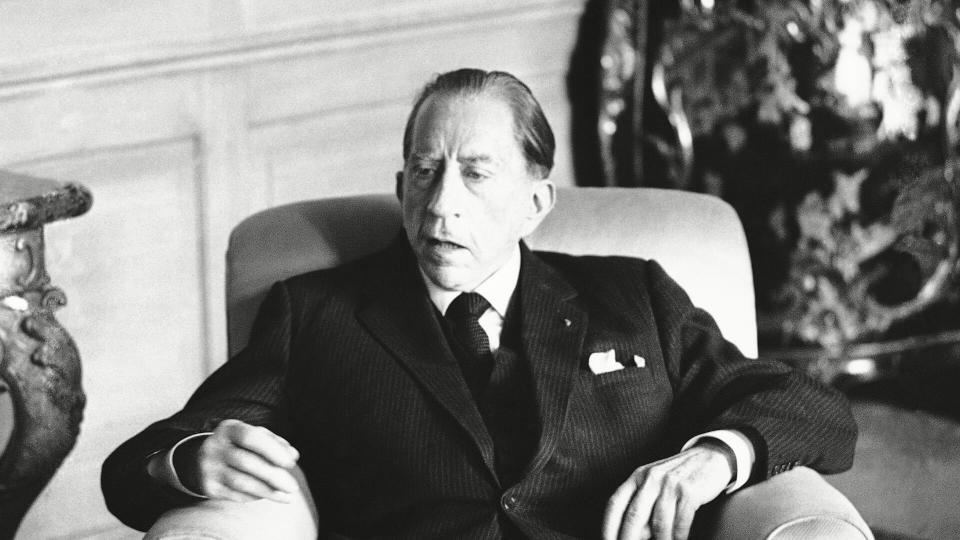
The Tax History of the Top 1% Isn't Much Different Than How Things Are Now
When people begin arguing about how much the wealthiest Americans have paid in taxes in the past versus how much they’re paying now, it’s helpful to have some context. According to the Tax Foundation, “The top 1% of Americans today do not face an unusually low tax burden, by historical standards.”
Find Out: Tax Loopholes Only the Rich Know

Top Marginal Rates for Taxes Have Fallen Drastically Since the 1950s -- or Have They?
In the 1950s, the top marginal tax rate was 91%. Today it’s 37%, which seems like a drastic drop. But, according to the Tax Foundation, the top 1% of taxpayers in the 1950s only ended up giving up about 42% of their income in federal, state and local government taxes. This means that the current marginal tax rate of 37% isn’t that much lower than the effective tax rate high-earners faced in the 1950s.
Check It Out: All the New Numbers You Need To Know for Planning Ahead on Taxes

The 91% Tax Rate Was the Exception -- Not the Rule
The reason for the 42% tax rate was that the 91% federal income tax rate only applied to households that had income exceeding $200,000, which were in the minority. And that high tax rate only became effective when a household’s income exceeded $200,000. And even then, the higher rate only applied to the dollars above the $200,000 threshold, not every dollar earned.
Spend Wisely: Most Popular Things To Do With Your Tax Refund — and How To Do It Smarter

Average Income Tax Rates for the Top 0.1% Have Remained Relatively Stable
Average income tax rates have remained relatively stable for the wealthiest Americans. In the 1950s, the top 0.1% of households faced average effective income tax rates of 21%, versus 20.7% as of 2014, according to data from the Tax Foundation.
Don’t Let It Happen: How To Protect Your Tax Refund From Being Stolen
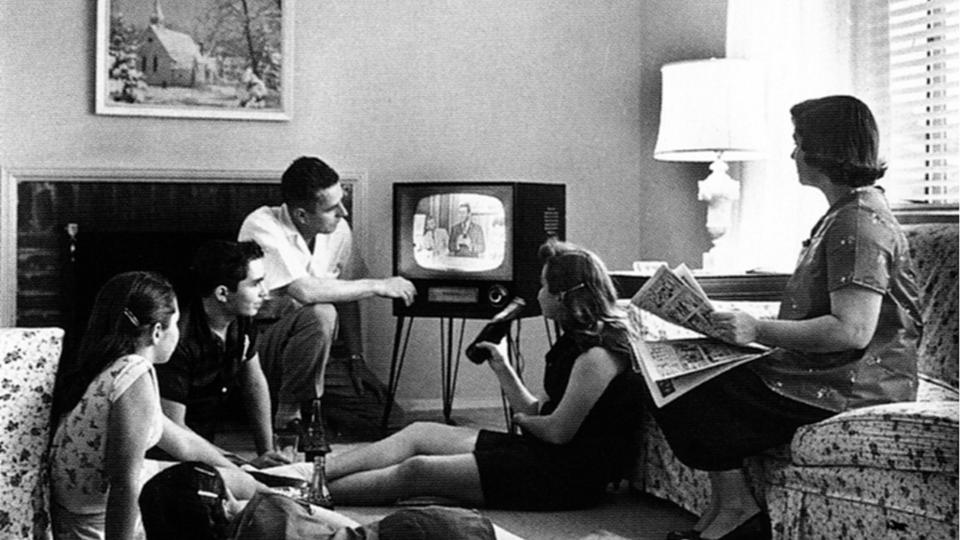
Higher Marginal Tax Rates Don't Always Translate Into Higher Revenue Collection
You might wonder how a top marginal income tax rate of 91% could translate into an average income tax rate of just 21% for the top 0.1% in the 1950s.
As stated earlier, the 91% tax rate only applied to amounts earned over $200,000. In addition, tax avoidance behaviors and lower reported income were also likely factors. As marginal tax rates rise, it’s not unusual for taxpayers to tend to under-report income.
Learn More: 9 Legal Tax Shelters to Protect Your Money
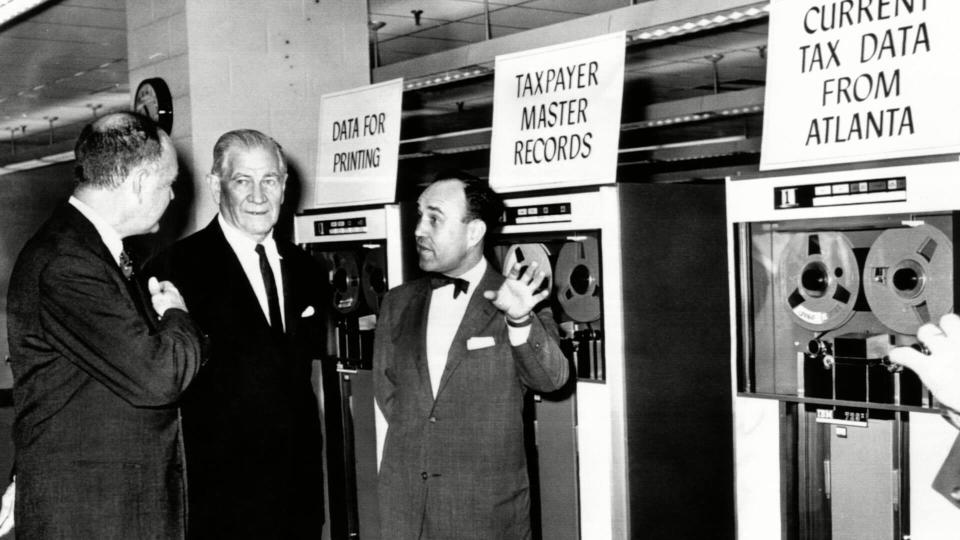
Does the US Tax System Look Like a Giant Flat Tax?
In a November 2019 phone interview with Capital & Main, Zucman described how he perceives the U.S. tax system — as a giant flat tax where each segment of the population, except for the wealthiest Americans, commits around 25% to 30% of its income in taxes. The wealthiest Americans pay a lesser rate of 23%, which means that the tax system becomes regressive at the top.
Check Out: 30 Tax Shelters, Tax Breaks and Other Tax Tips You Should Take From the Rich

Economists Claim the Tax System Has Been Turned On Its Head
Not surprisingly, the culprit that upset the tax system — according to Saez and Zucman — is Trump’s Tax Cuts and Jobs Act that was signed into law in December 2017. Although the president repeatedly stated that the TCJA would benefit the middle class — and it has, to a point — many experts point out that the wealthiest Americans are the ones who have benefited the most from the tax cuts.
What’s Yours? Here’s the Average IRS Tax Refund Amount
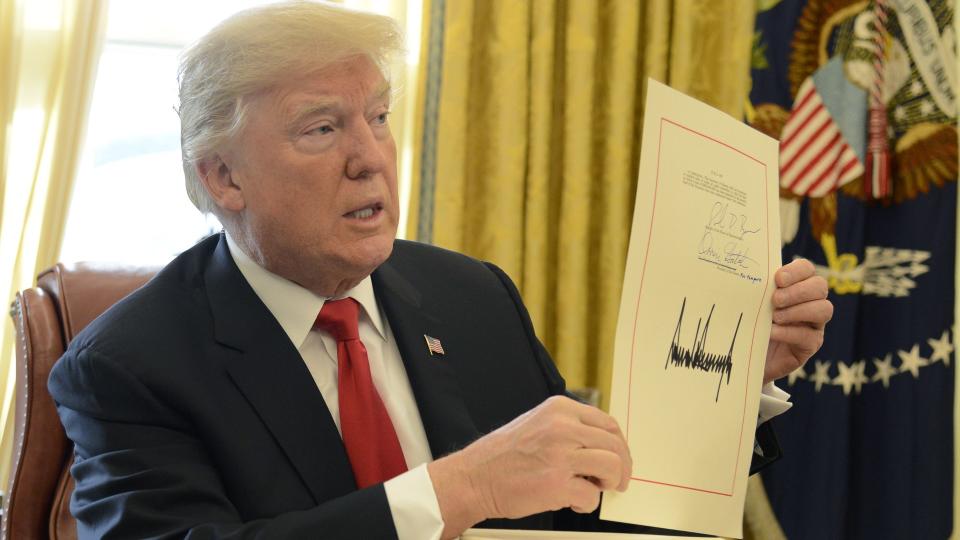
How the Trump Tax Cuts and Jobs Act Has Benefited the Wealthy
According to authors and economists Saez and Zucman, the Tax Cuts and Jobs Act have benefited the ultra-rich. According to their research, they concluded that in 2018, the top 0.1% — the billionaires of America — paid an average effective tax rate of 23%, which factors in all federal, state and local taxes. The bottom 50% of U.S. households, however, paid a higher rate of 24.2% toward income tax.
Do You? Here’s the No. 1 Thing Americans Do With Their Tax Refund

The Top 0.1% Pay a Lower Rate Than Other Household Groups, Too
According to Saez and Zucman, it’s not only the bottom 50% of households who pay more — which include many in the middle class — it’s also those in the upper-middle class and in the top 1% who pay more in taxes than those in the 0.1% do.
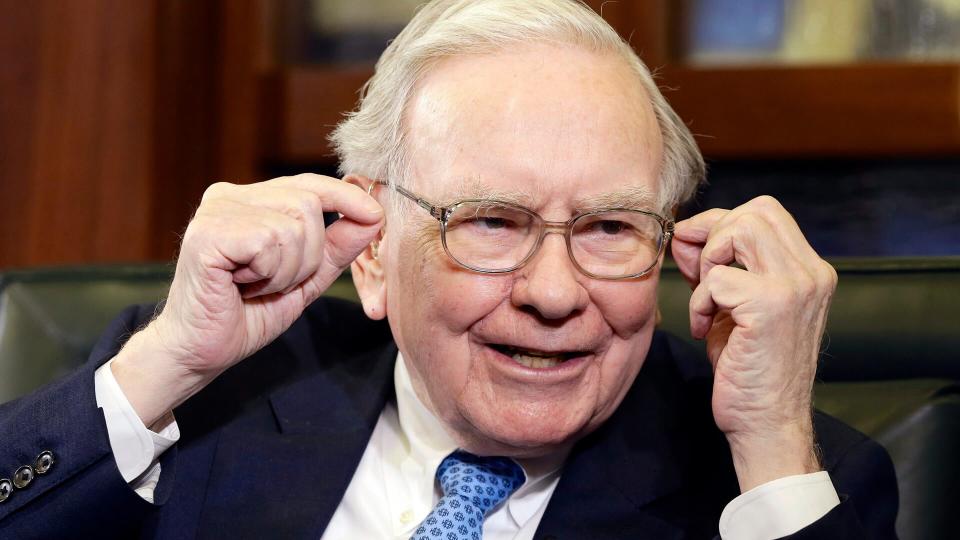
Warren Buffett Explains One Reason Why the Rich Pay Lower Tax Rates Than the Middle Class
Billionaire investor Warren Buffett is known for saying that he pays less tax as a percentage than his secretary does. While that may seem impossible, it’s not. Buffett and other billionaires are mainly taxed on capital gains income as investors — not salary or income earned as an employee. And capital gains income is taxed at a lower rate than ordinary income is.

The Tax Cuts and Jobs Act Even More Specifically Benefits the Super Rich
Zucman and Saez claim in their book that capital income is becoming tax-free, due to provisions like these that were implemented as part of the TCJA:
Corporations enjoy a lower tax rate, which was reduced from 37% to 21%.
A 20% deduction applies to business income for many taxpayers.
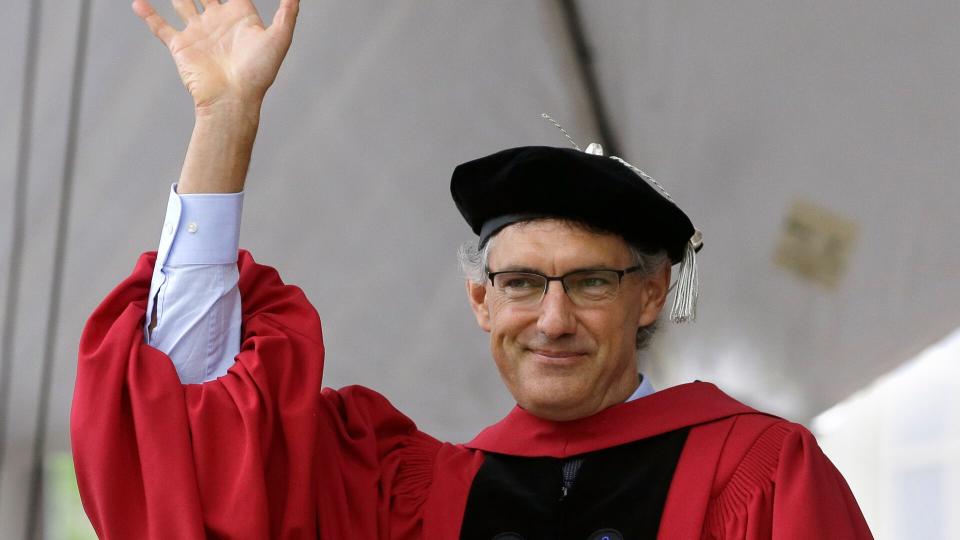
Saez and Zucman’s Conclusions May Not Be as Reliable as Some Think
As with any economic theories based on data, opponents have been able to poke holes in the theories presented by Saez and Zucman. Here are some points to consider.
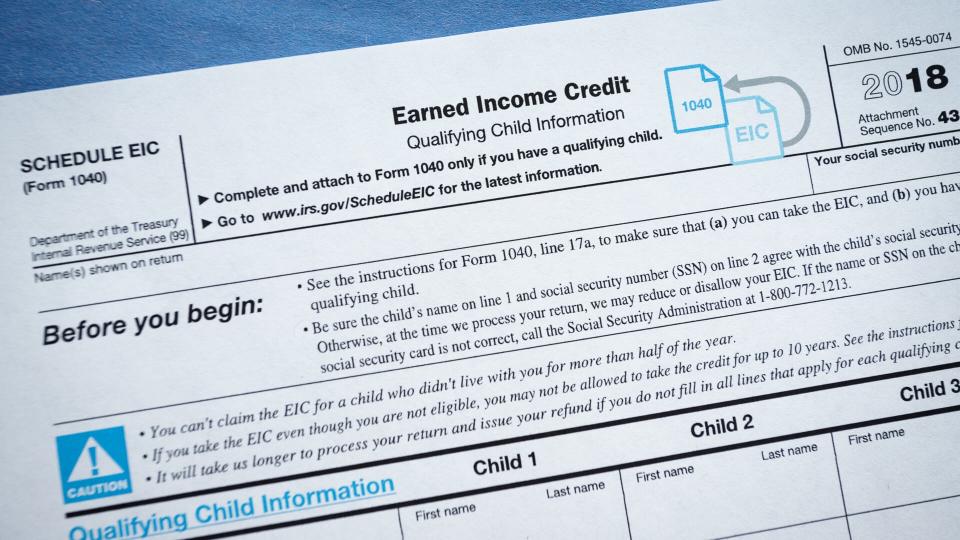
Subsidy Programs Are Left Out of Saez and Zucman's Calculations
Saez and Zucman did not include refundable tax credits and benefit programs that aid in offsetting the cost of excise, payroll and sales taxes. The omission of these particular credits and benefits is significant. For example, the refundable portions of the child tax credit and earned income tax credit can keep many low-income workers – mainly those who have children — from owing federal payroll tax on their earnings. The result of failing to include these credits and benefits in the calculations can make it appear that the lowest income-earners are paying more in taxes than they actually are.
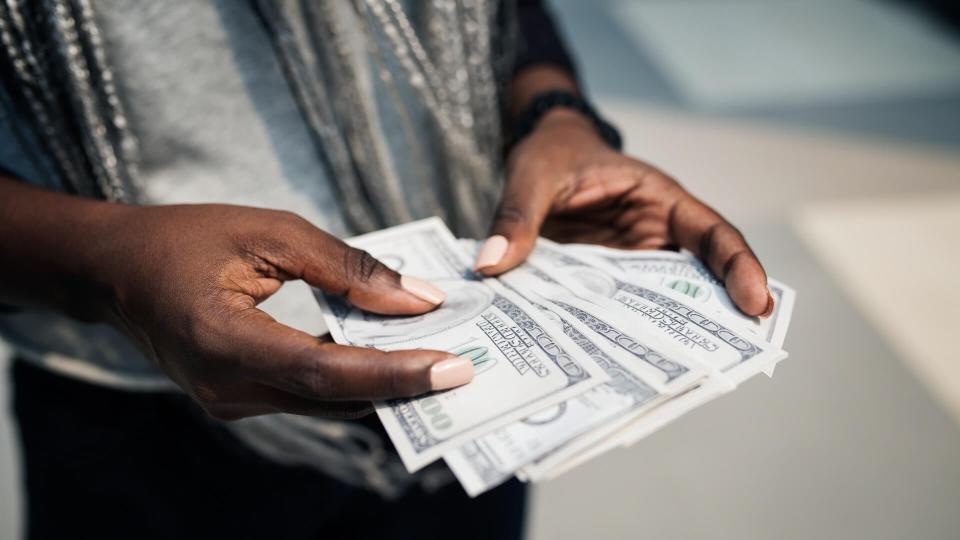
Unreported (Untaxed) Income Is Overestimated
Estimated average tax rates are determined by dividing the taxes paid by the income. But the assumption is that not all income is reported to the IRS. For the purposes of their study, Saez and Zucman assumed that all households under-reported income in proportion to their reported income, even when IRS taxpayer audit data shows that’s not true. Unfortunately, misallocating under-reported income inflates the income of the highest earners, which, in turn, drives down the estimated tax rate. The result: It can look like the highest earners are paying less in taxes than they really are.
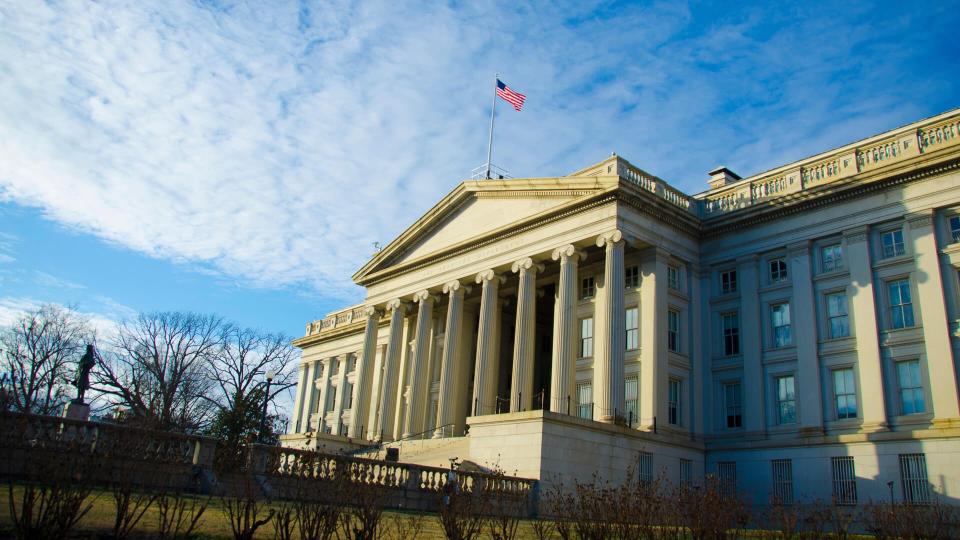
Where Do We Go From Here?
One thing is for sure — the issues surrounding whether the wealthiest in the U.S. are paying less taxes than the middle class, won’t rest. From economists to presidential hopefuls to tax policy organizations, everyone has a point — or two or three — to make. Here’s a preview of what you can look forward to in the future regarding these issues.
Find Out: How Much the Rich Would Actually Pay If They Had Higher Tax Rates

Potential Problems Exist With a Wealth Tax
Even if a wealth tax sounds like a perfect solution to the growing income inequality between the 0.1% and the rest of Americans, that doesn’t mean there wouldn’t be issues. For example, tax avoidance and evasion would still occur. Plus, thriving entrepreneurs and business owners would be the hardest hit, which could negatively impact their ability to save, invest and hire new employees.

Final Answer: Do Billionaires Pay a Lower Tax Rate Than the Middle Class?
It depends on who you ask. If you were to ask Saez and Zucman this question, the answer would be a resounding yes. If you were to ask opponents of Saez and Zucman’s theories, the answer would likely be no.
Perhaps Forbes senior contributor Howard Gleckman stated it best, “Arguments about methodology shouldn’t mask Saez’s and Zucman’s bigger point: Incomes of the very rich are rising faster than for all other income groups. And the TCJA cut the taxes of high earners by more on average than for low- and moderate-income households, as a share of after-tax income. But that doesn’t mean that ‘billionaires paid a lower tax rate than the working class.'”
More From GOBankingRates
This article originally appeared on GOBankingRates.com: Billionaires vs. the Middle Class Across America: Who Pays More in Taxes?
